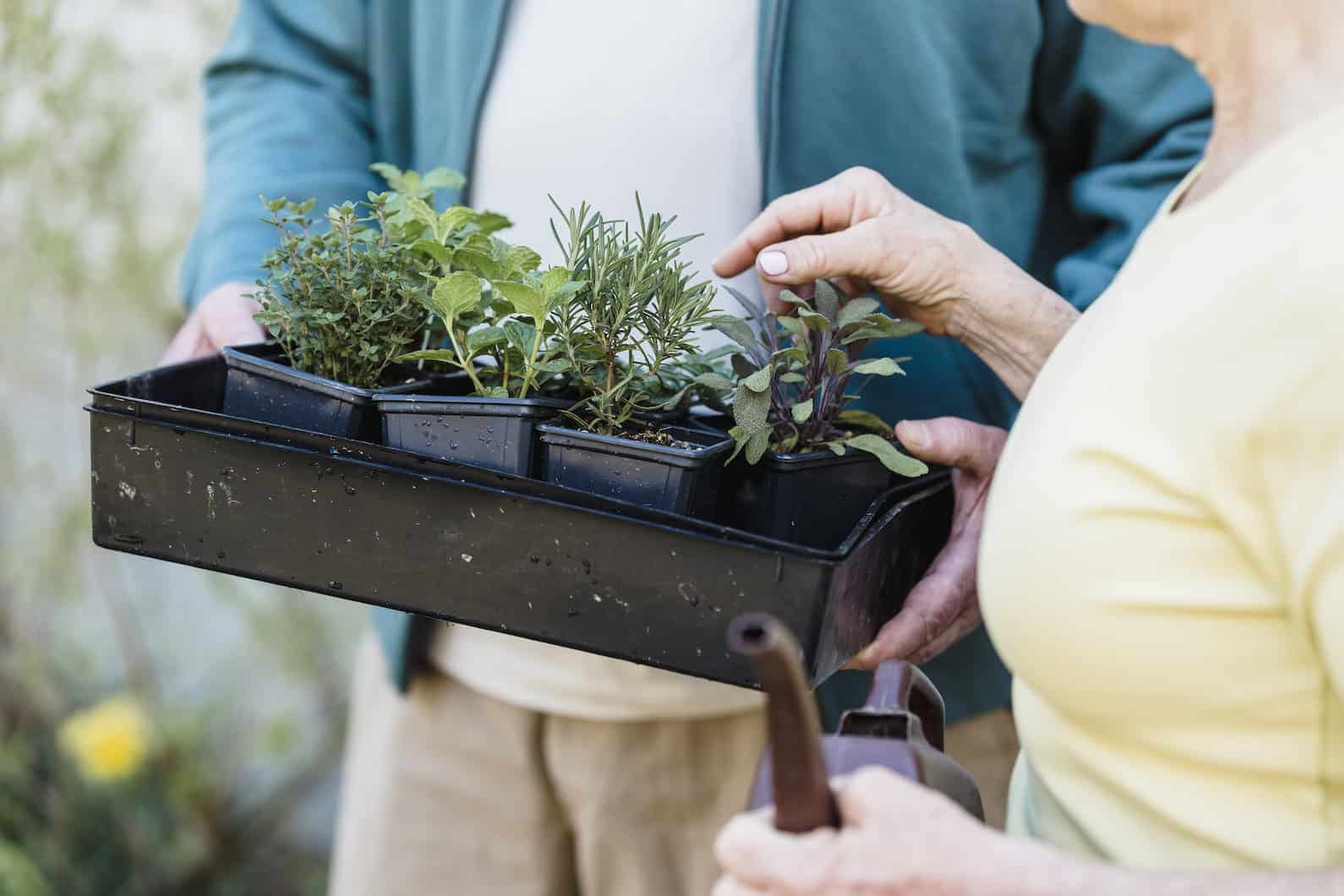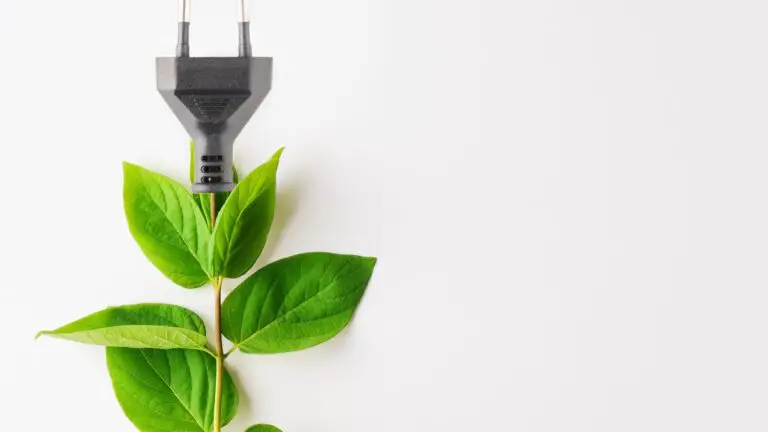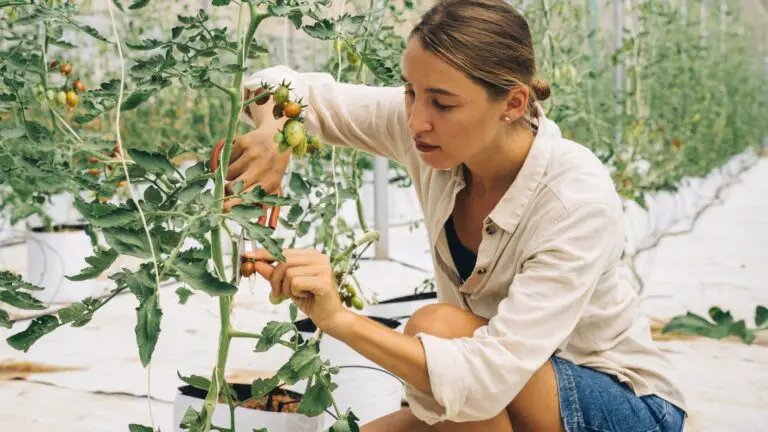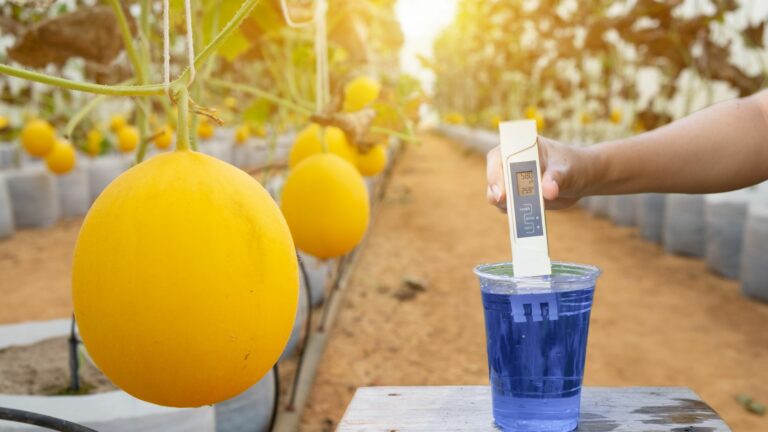How to Propagate Seedlings using Coco Coir for Hydroponics
Listen up, green thumbs and wannabe gardeners! Have you ever considered giving your seedlings the royal treatment they deserve? It’s time for something cleaner, more sustainable, and incredibly cool.
I’m talking about Coco Coir—a game-changer in the hydroponics world. So buckle up because we’re about to dive into the nuts and bolts of propagating seedlings using this brown gold.
Get ready to grow plants that’ll make your neighbors green with envy!
What’s Coco Coir?
Coco coir is an excellent medium for propagating seedlings in hydroponics. It is made from the husks of coconuts, an organic, sustainable, and renewable resource. It is an environmentally friendly alternative growing medium to peat moss. It is often used in hydroponic systems for seedling propagation.
Coco coir is a great choice for hydroponic systems because it is lightweight and retains moisture. It also has a neutral pH, which helps ensure the seedlings have the right environment to thrive.
How Does Coco Coir Support Seedling Growth?
Coco coir is an ideal medium for hydroponic seedlings because,
- It can hold onto the essential nutrients for the seedlings’ growth.
- It also helps to keep the roots of the seedlings moist, which is important for their development.
Coco coir is a great choice for hydroponic systems as it is lightweight and easy to work with. It can be used in various hydroponic systems, including Ebb and flow, Deep Water Culture, and Nutrient Film Technique.
How to Prepare Coco Coir for Seedling Propagation in Hydroponics?
Soak the coco coir in water for at least 24 hours before seedling propagation. This will help to ensure that the coco coir is evenly hydrated and the pH is balanced. This guarantees that the seedlings can access the necessary moisture.
After soaking, the coco coir should be tested for pH and nutrient levels. The ideal pH range for coco coir is between 5.5 and 6.5. If the pH is too high or too low, it can be adjusted with a pH adjuster.
The coco coir should be supplemented with nutrients to ensure the seedlings have the necessary nutrients to grow.
How to Propagate Seedlings with Coco Coir in Hydroponics
Here are the steps to follow.
- Container Filling
After coco coir preparation, fill your pots or propagation trays with the prepped coco coir. Ensure it’s firm but not so tight that it prevents the free flow of water. - Seed Planting
Make a small hole in each container’s center, about twice as deep as the size of your seed. Drop a seed into each hole and lightly cover it with coco coir. - Watering and Covering
The newly planted seeds with water, then cover the pots with a humidity dome or plastic wrap. This creates a humid, warm environment, much like a mini greenhouse. - Positioning
Next, move your trays to a warm, bright spot, but keep them away from direct sunlight, which could burn the tender seedlings. - Monitoring and Watering
Keep a daily watch over your seedlings. If the coir seems dry, spritz it lightly with water. A balanced mixture of air and moisture is key to successful propagation with coco coir. - Seedling Transplantation
Once the seedlings grow a couple sets of true leaves, they can move to bigger pots or straight into your garden.
What are the advantages of using Coco Coir for seedling propagation in hydroponics?
- It is lightweight and easy to work with
- Provides excellent aeration and drainage
- Helps to retain moisture and nutrients as it is highly absorbent and has a higher cation exchange capacity
- pH neutral, so it won’t affect the pH of the nutrient solution.
What are some common mistakes to avoid when propagating seedlings with Coco Coir in hydroponics?
Some common mistakes to avoid when propagating seedlings with Coco Coir in hydroponics include the below listed.
- Overwatering or underwatering the seedlings
- Not properly preparing and testing the Coco Coir before use
- Using low-quality or old Coco Coir
So, make sure you follow the proper steps for successful propagation.
What tips should I follow for successful seedling propagation with Coco Coir in hydroponics?
- Provide adequate light and ventilation, as well as regular watering.
- Monitor the pH level of the Coco Coir to ensure that it is within the optimal range for seedling growth.
Conclusion
In conclusion, with the right preparation and care, Coco Coir can be used to successfully propagate seedlings in hydroponics. By following the tips and processes outlined in this article, you can ensure your seedlings have the best chance of success.
So, if you’re looking for a reliable and cost-effective way to propagate seedlings in hydroponics, Coco Coir is the way to go.
Thank you for reading!






